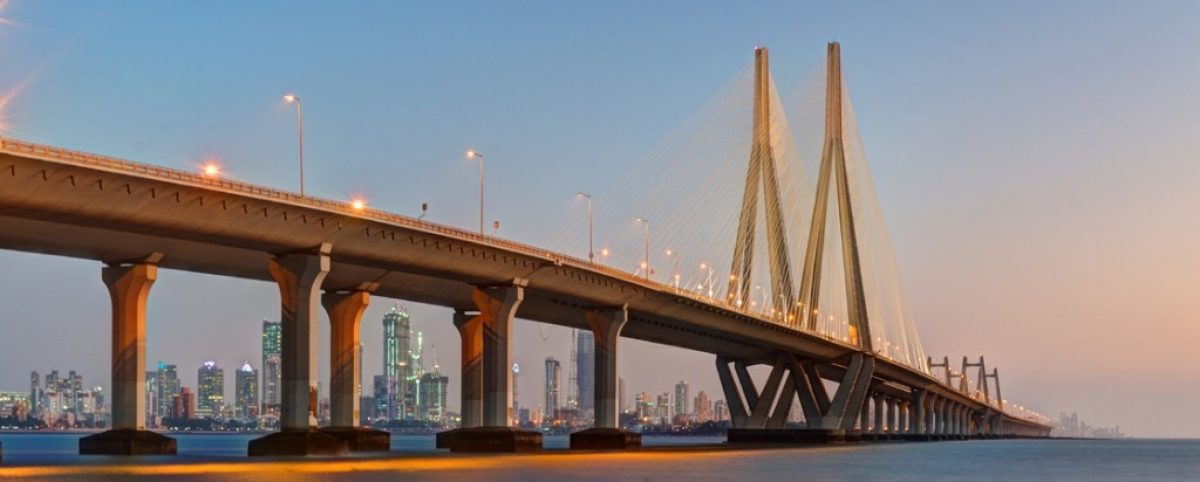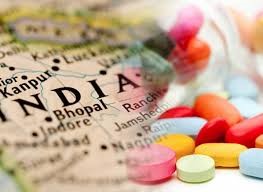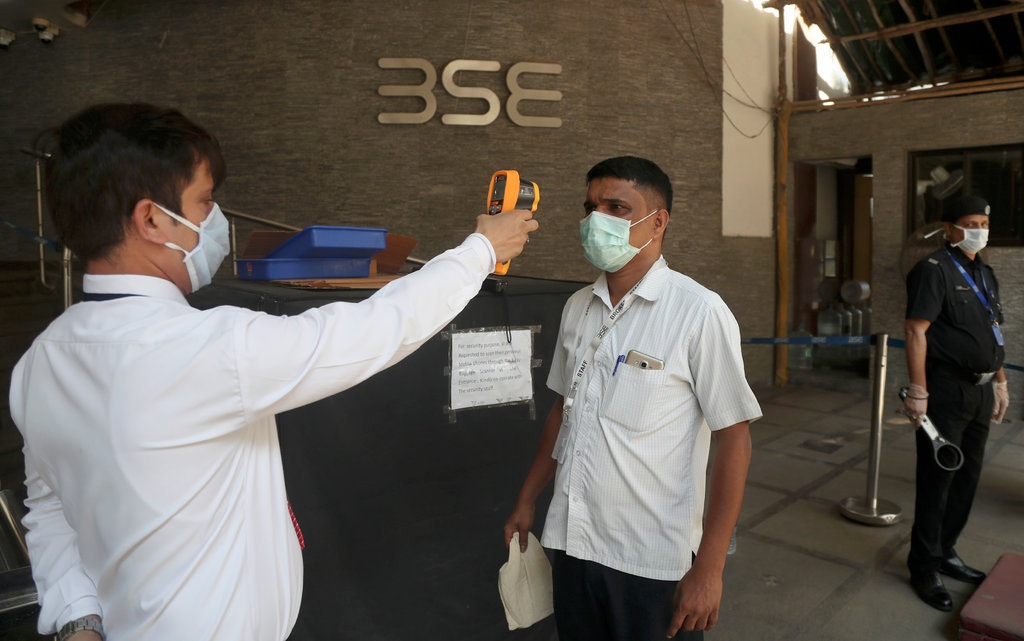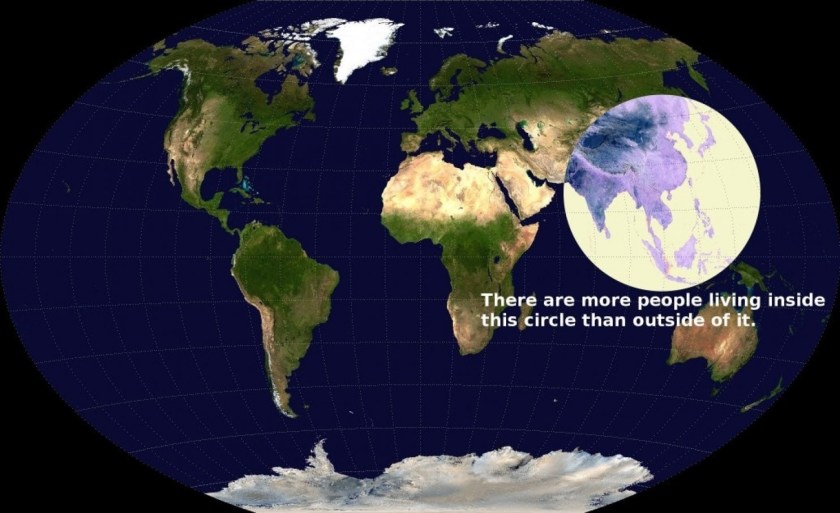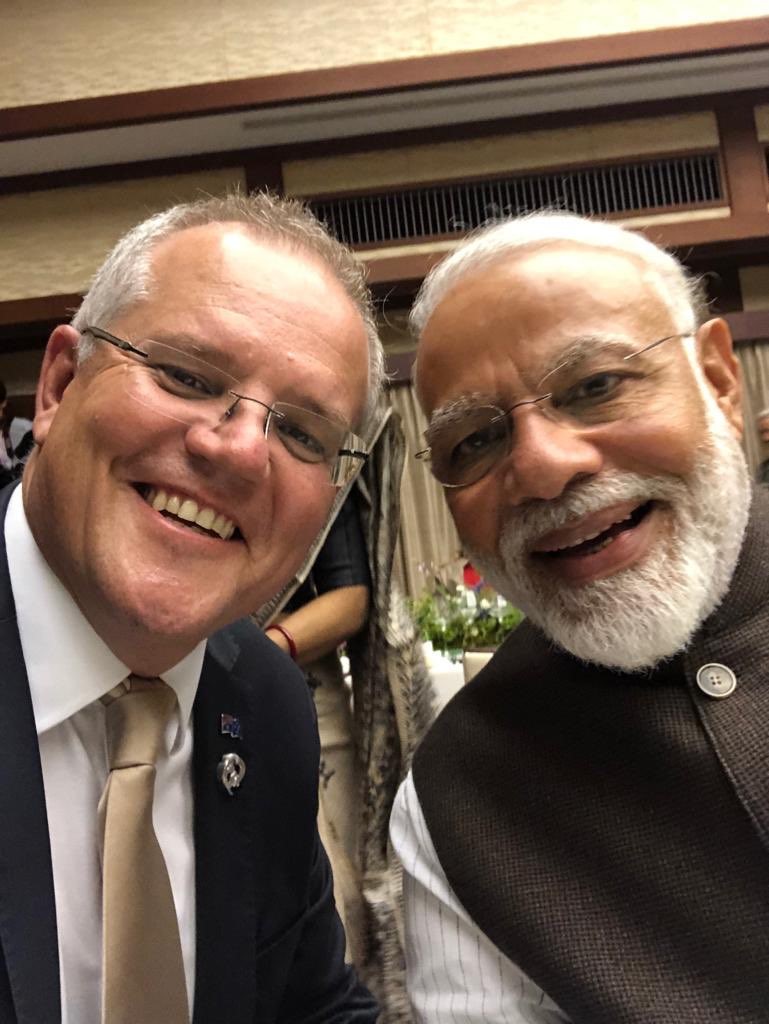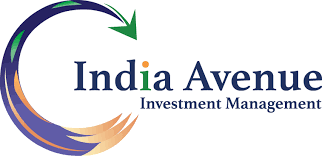Where to from here for India?
India Avenue Investment Management – an Australian fund for India – has issued advice regarding the impact of the Coronavirus on investing in India. Here are some highlights:
As we have always articulated to investors, India is a market where you should build exposure during dire times as the structural story will outlast any cyclical events.
It’s a matter of portfolio construction and investment horizon. When it comes to satellite investments like investing in India, investors typically tend to sell during adversity and buy during euphoria.
As a business we seek to improve this experience for our investors by providing our insights of activity on the ground in India.
Globally markets around the world peaked on February 20th, 2020 and since then have fallen roughly 20% in local currency terms (S&P500). Currencies have also been moving around in a volatile fashion.
In India, markets have fallen approximately the same amount.
However, a corporate tax cut, bank recoveries, improving GST collections and a pick-up in PMI’s indicated most positive news was on the way in FY21 (India’s financial year is April-March).
The Coronavirus won’t stop India’s structural growth resuming its path at some point in FY21, however, it will impact global growth in at least the first half of 2020 and therefore India’s growth.
Whilst India doesn’t have significant links to the global supply chain (exports are only 11% of GDP), it benefits when global growth is strong given comparative advantages in exports of refined petrochemicals/oils, gems/precious stones, textiles, electronics, pharmaceuticals and automobiles.
However, the key risk for India is the virus making itself a home amongst India’s significant population of 1.3bn and the potential for it to spread quickly, without appropriate healthcare systems and medication for all.
We cannot estimate what the damage will be to markets, but we see the following positives: • Central Bank potential to cut cash rates significantly from the current 5.15% • US$475bn of forex reserves to defend the currency if required • A substantial fall in the oil price which will reduce inflationary pressures in India (India imports over 80% of its oil usage) • Fiscal stimulus likely to be forth coming • Potential to replace China in certain aspects of the global supply chain, given most are now seeking diversity of supply.
For those who have invested in our Fund, the next week or two (which we expect will see heightened panic amongst investors), will be a good time to add some further funds as India is well positioned to rebound as it often does from adversity.
However, how much bravery you have will determine when you invest!
It is not very often that you can identify an investment where you can buy quality growth stocks at P/E’s in the teens and cyclical growth for single digit P/E’s in a market like India. We are re-aligning our Fund to go overweight in the both these segments.
Thanks to India Avenue Investment Management for the above insights

